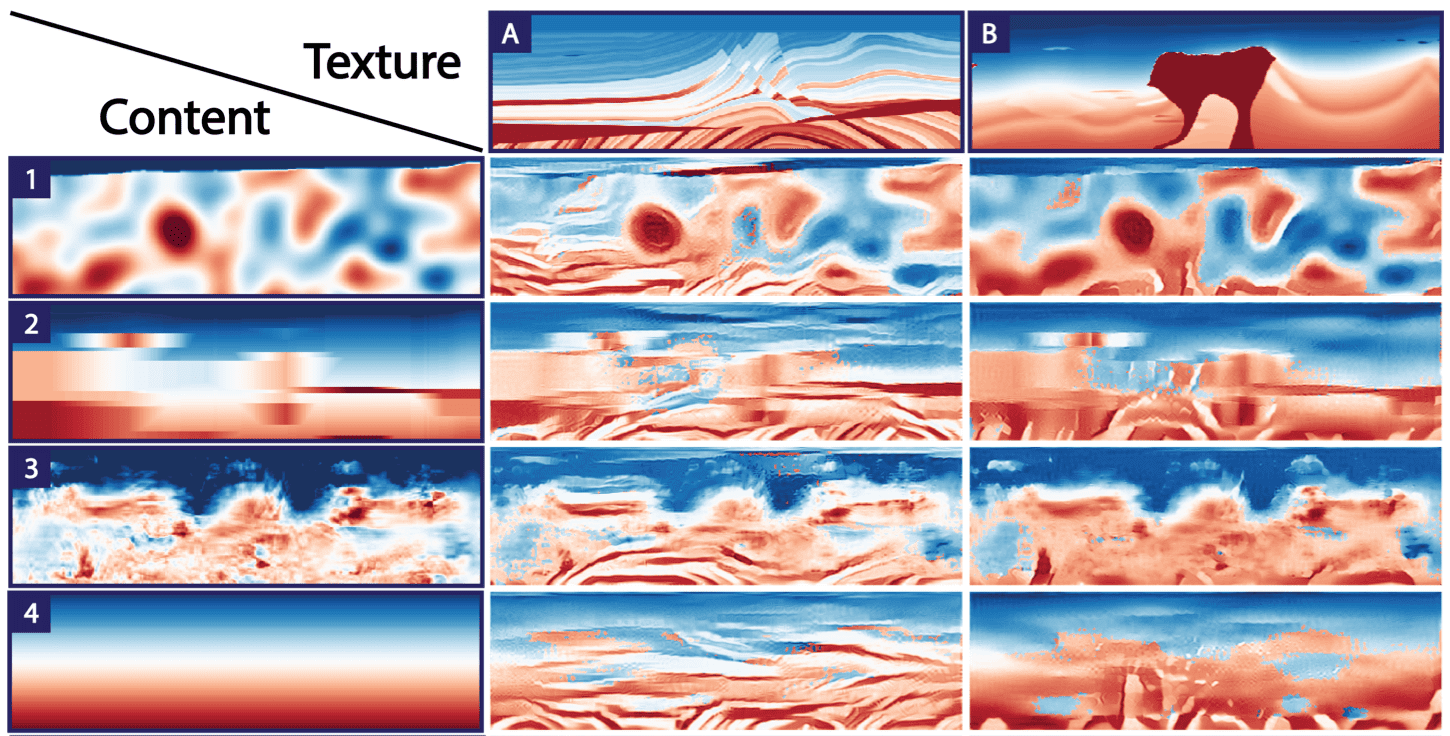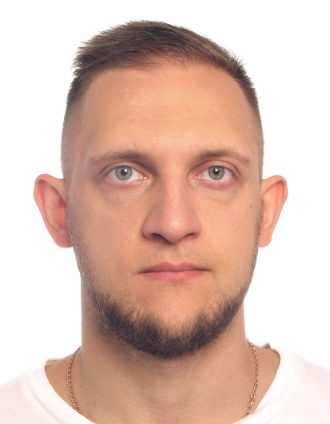At NVIDIA, I specialize in generative AI and accelerated computing, among other cutting-edge technologies. I've gained hands-on experience in building industrial digital twins, conducting video analytics on the edge, and implementing GPU-accelerated data analytics.
News
- 06/2023: Hosting EAGE AI Committee hackathon on RAG at EAGE Annual conference in Vienna, Austria
- 06/2023: Keynote speaker on Generative AI at AI-Enabled Entrepreneurs conference in the Museum of the Future, Dubai, UAE
- 01/2022: Joined NVIDIA as Solutions Architect for energy
- 11/2021: Successfully defended my PhD thesis on "Data-driven methods for the initialization of seismic full-waveform inversion", KAUST, Saudi Arabia.
- 09/2021: Member of EAGE AI Committee
- 09/2020: Internship at ExxonMobil as Geoscience (ML) Intern, Houston, USA.
- 08/2019: Internship at CGG as ML Engineer Intern, Crawley, UK.
- 06/2019: Awarded SEG ExxonMobil Upstream Research Company scolarship for the year 2019-2020!
- 02/2018: Won KAUST-NVIDIA Hackathon 2018. Together with Vladimir Kazei accelerated seismic wave propagation
- 09/2017: Internship at KAUST Innovation Fund. Market research and assisting with evaluation of venture capital opportunities
- 03/2017: 3rd place worldwide in the EAGE GeoQuiz as a team
- 02/2016: Joined KAUST pursuing PhD degree. Supervised by Prof. Daniel Peter and Prof. Tariq Alkhalifah
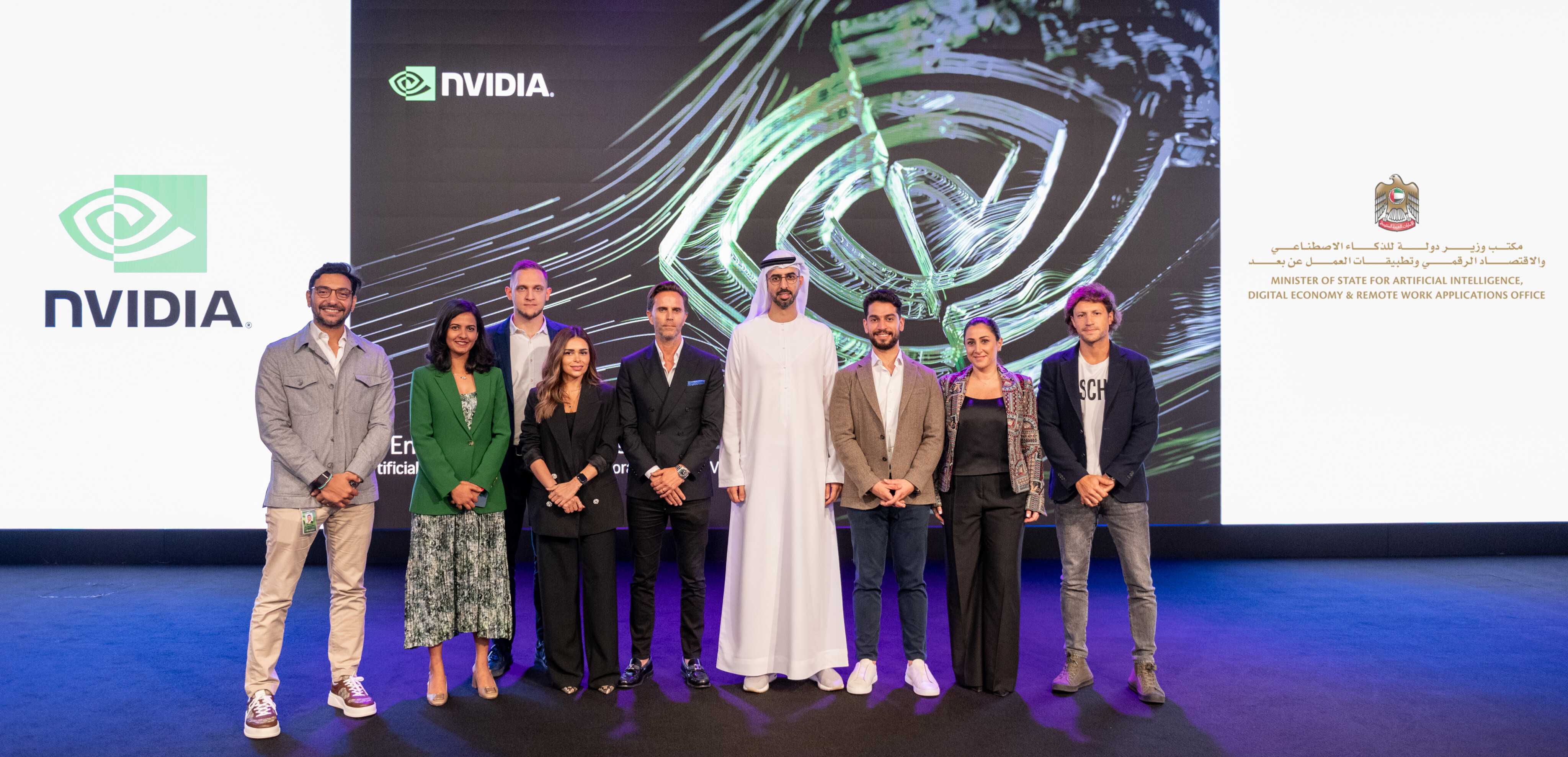
Recent research
-
Multi-task learning for low-frequency extrapolation and elastic model building from seismic data
Acquiring low-frequency data is challenging in practice for active seismic surveys. We propose to jointly reconstruct low-frequency data and a smooth background subsurface model within a multi-task deep learning framework. IEEE Transactions on Geoscience and Remote Sensing, 2022

-
Direct domain adaptation through reciprocal linear transformations
We proposed a general method for domain adaptation which blends features from source and target datasets by a set of linear operations such a cross-correlation and convolution. We explore the viability of the approach by transferring knowledge from training on gray-scale MNIST dataset to colored MNIST-M dataset. Frontiers of Artificial Intelligence, 2022
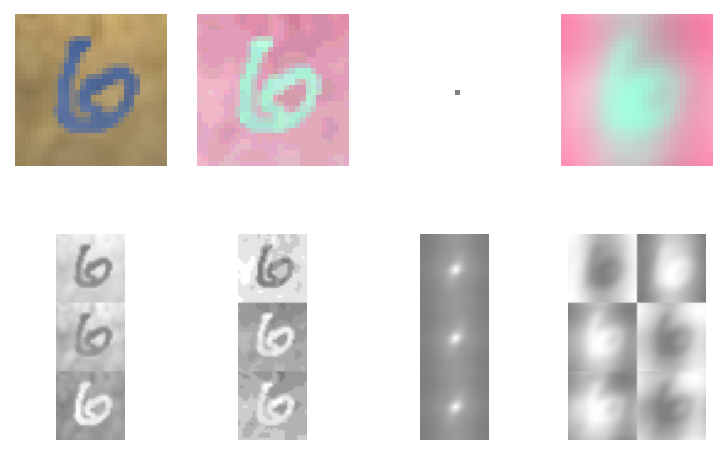
-
Deep Learning for Seismic Data Reconstruction: Opportunities and Challenges
Research project from my internship in CGG, Crawley, UK. Under supervision of Song Hou I explored benefits and pitfalls of using GANs for seismic data reconstruction. In the nutsell, high perceptual realism of reconstructed seismic data is not sufficient for real-world application. Physics also should be constrained. First EAGE Digitalization Conference and Exhibition, Nov 2020
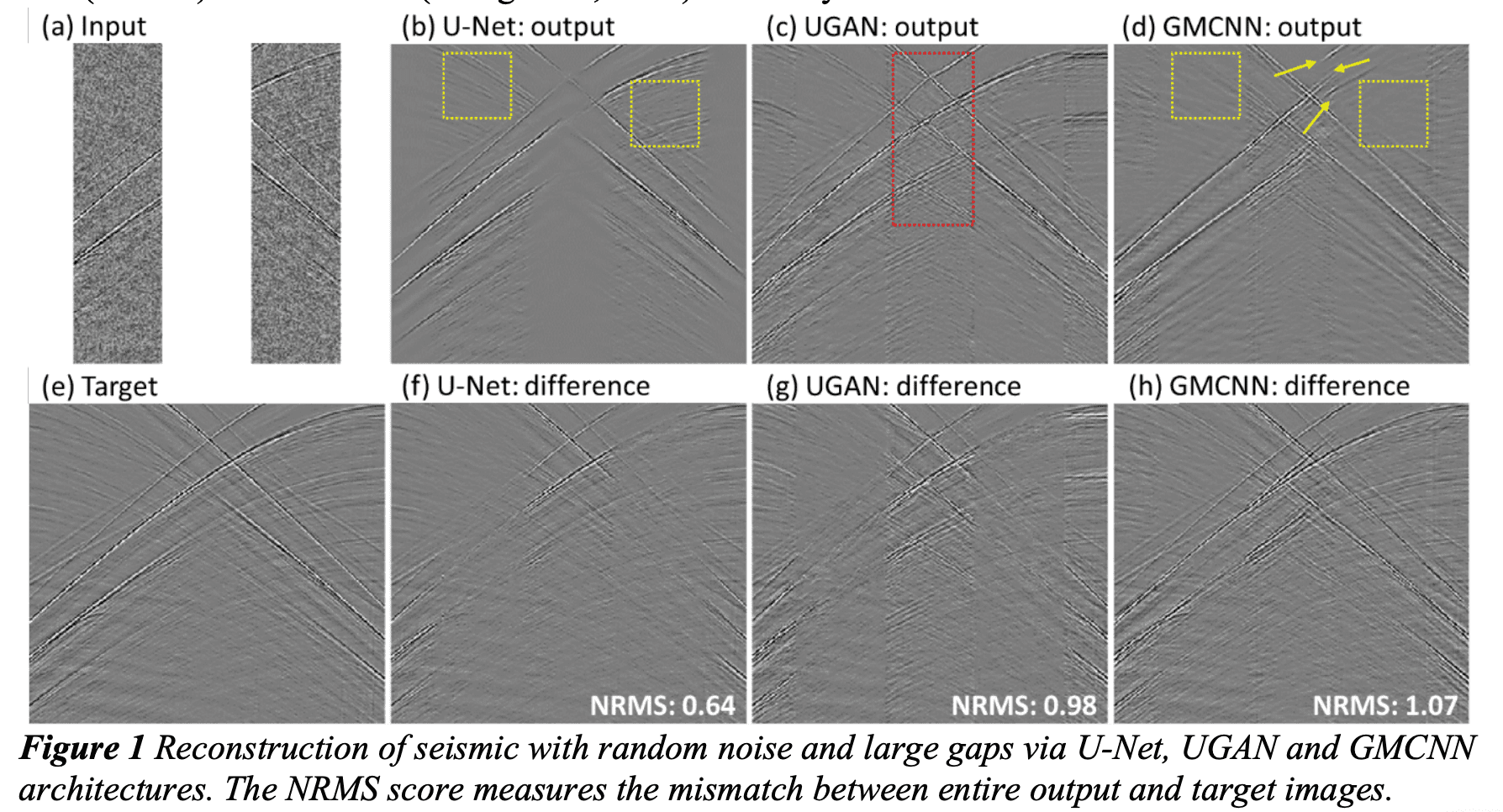
-
Extrapolating low-frequency prestack land data with deep learning
In synthetic framework we explore capability of a simple neural network to reconstruct low-frequency components of land data. SEG Technical Program Expanded Abstracts 2020

-
Style transfer for generation of realistically textured subsurface models
We apply an iterative style transfer approach from image processing to produce realistically textured subsurface models based on synthetic prior models. These realistically textured models to be used in training datasets for machine learning applications in geophysics. Presented in Sep 2019, on SEG Annual meeting in San Antonio, USA
